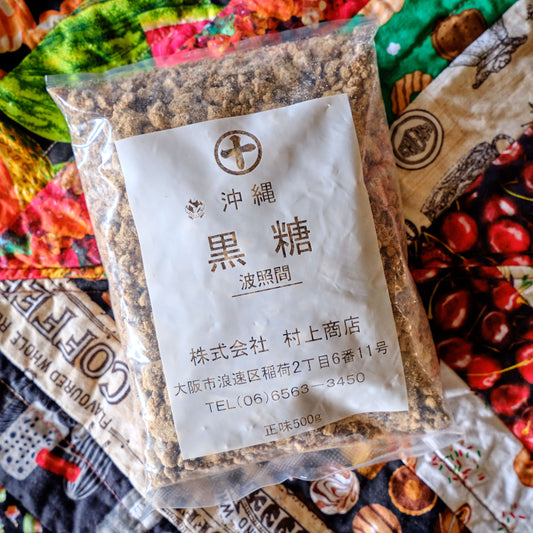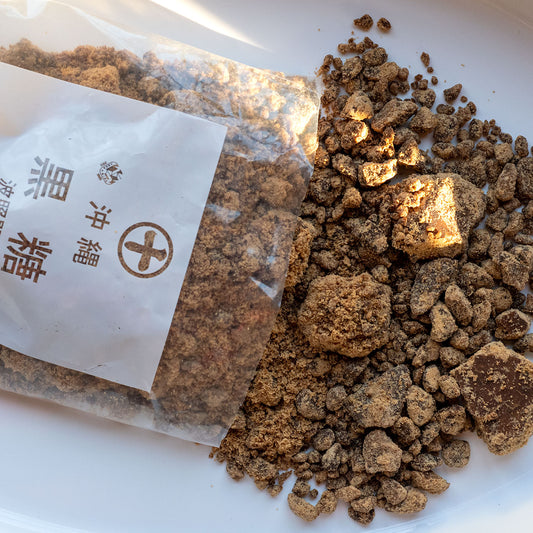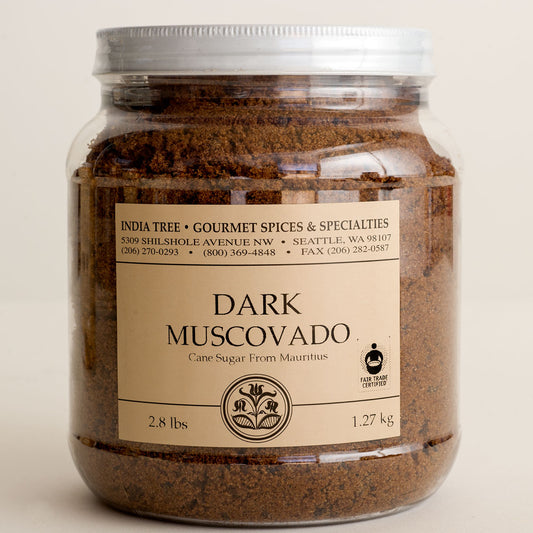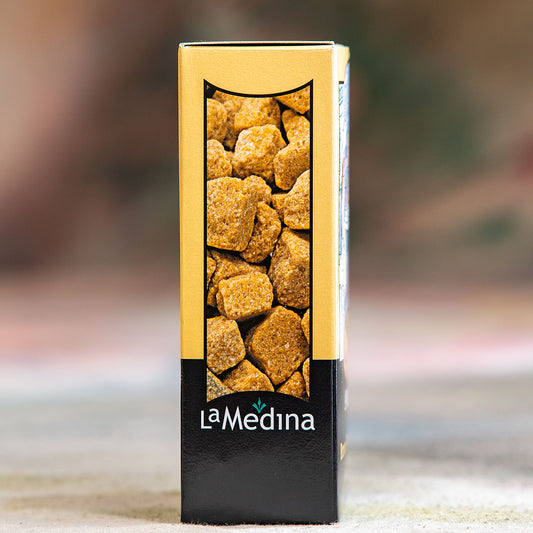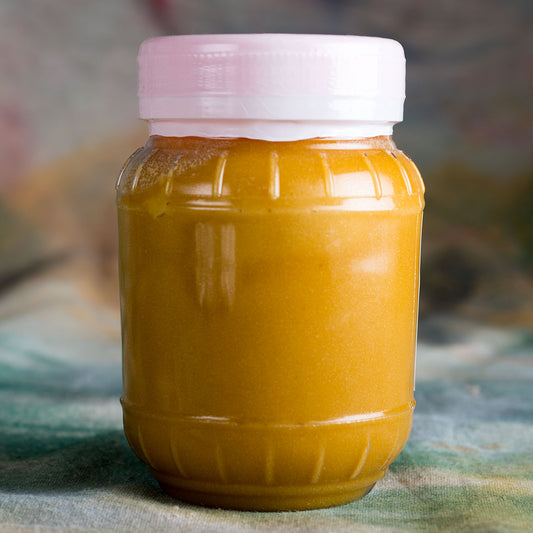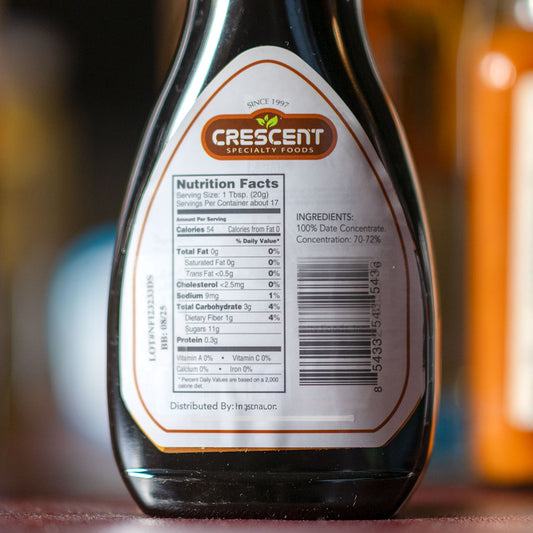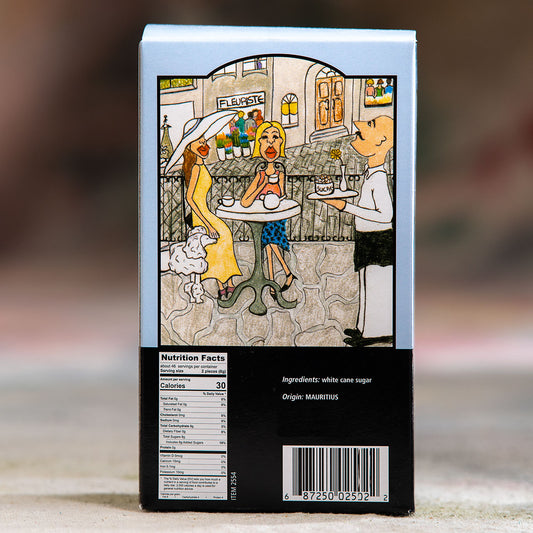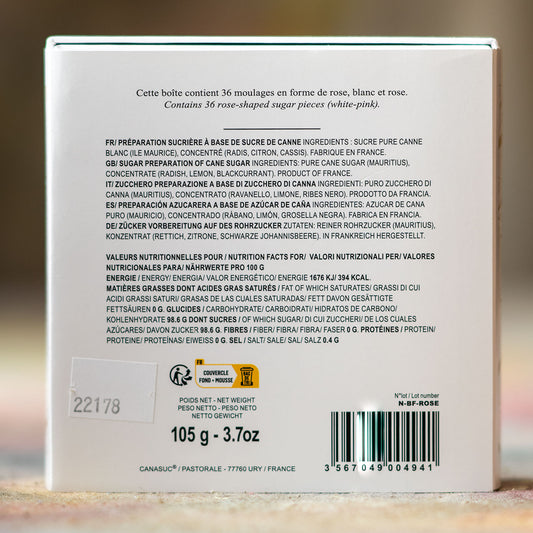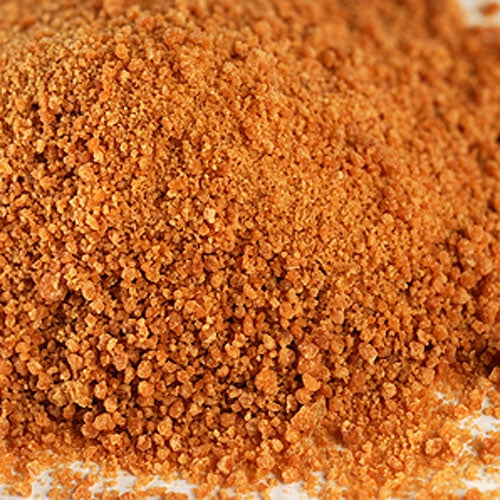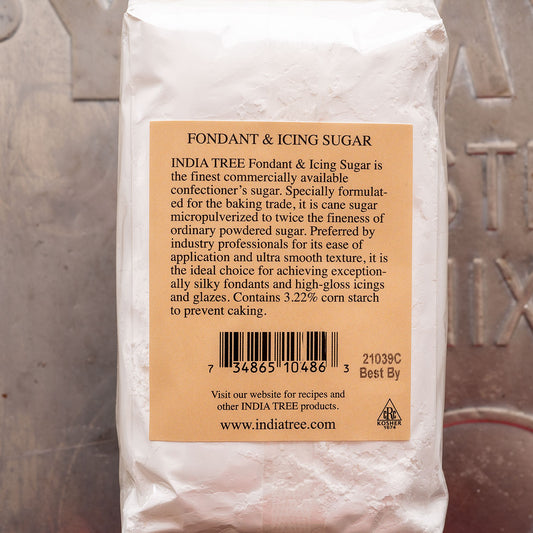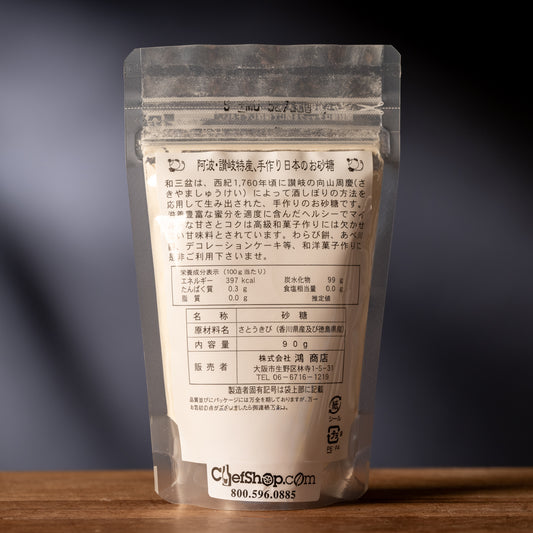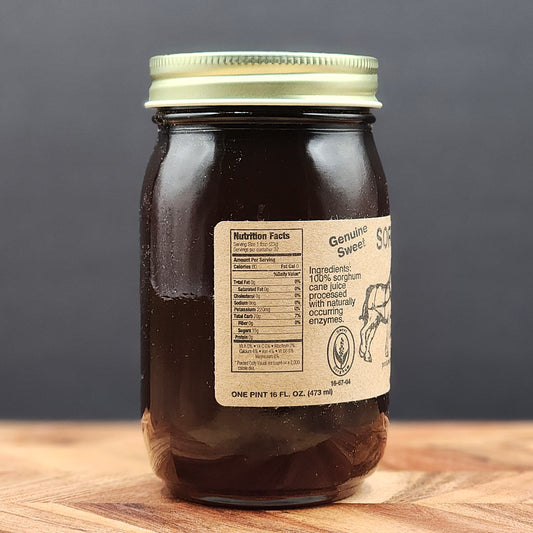Sugars & Sweeteners
about Sugars & Sweeteners: click here to read more
Long before the discovery of refined sugar, ancient peoples satisfied their craving for sweetness with what nature provided directly.
Honey was humanity’s first concentrated sweetener, used by Stone Age hunter-gatherers at least 8,000 years ago, as evidenced by cave paintings in Spain showing honey collection. Ancient Egyptians, Greeks, and Romans used honey not only in food but also in medicine and offerings to the gods.
At the same time, early civilizations discovered that certain plants — like dates, figs, and fruits — could be dried or boiled down into natural syrups, offering both sweetness and energy.
The sugarcane plant (Saccharum officinarum), native to New Guinea, began its global journey more than 10,000 years ago. Early peoples chewed the raw cane for its sweet juice, and by around 500 BCE, the technique of extracting and crystallizing sugar from cane juice had developed in India.
The Sanskrit word śarkarā (“gravel” or “sand”) gave us the word sugar. From India, sugar-making spread to Persia, and through Arab trade and expansion, it reached the Mediterranean and Europe by the Middle Ages. By the 15th–16th centuries, sugarcane cultivation became a major global industry — first in the Arab world, then in colonial plantations in the Caribbean and Americas.
In its purest, natural form, sugarcane is an extraordinarily vibrant and healthy plant. It’s a tall, tropical grass, rich in chlorophyll and natural plant compounds. Fresh cane juice — the sweet sap squeezed directly from the stalk — contains vitamins (like B-complex), minerals (iron, calcium, magnesium, potassium), and antioxidants such as polyphenols. In many tropical cultures today (including India, the Caribbean, and Southeast Asia), fresh sugarcane juice is still consumed as a refreshing, nourishing drink that supports hydration and energy without the loss of nutrients caused by industrial refining.
When sugar is refined, however, nearly all of those natural minerals and beneficial plant compounds are stripped away, leaving pure sucrose crystals — high in calories but devoid of nutrients. Thus, while raw sugarcane is a wholesome, living source of sweetness, super-refined sugar represents its most concentrated and least nutritious form.
-
Kokuto Murakami Syouten Crushed Brown Sugar from Hateruma Island
Regular price $19.95 USDRegular priceUnit price / per$0.00 USDSale price $19.95 USD -
India Tree Dark Muscovado Sugar - 2.8-lb Tub
Regular price $26.55 USDRegular priceUnit price / per$0.00 USDSale price $26.55 USD -
India Tree Superfine Caster Cane Sugar - 3-lb tub
Regular price $26.55 USDRegular priceUnit price / per$0.00 USDSale price $26.55 USD -
India Tree Light Muscovado Sugar - 1 lb
Regular price $7.95 USDRegular priceUnit price / per$0.00 USDSale price $7.95 USD -
India Tree Powdered Fondant & Icing Sugar 2-lb Tub
Regular price $26.55 USDRegular priceUnit price / per$0.00 USDSale price $26.55 USD -
Hail Sugar (Pearl Sugar)
Regular price $12.95 USDRegular priceUnit price / per$0.00 USDSale price $12.95 USD -
Nishiji Sudachi Syrup
Regular price $33.95 USDRegular priceUnit price / per$0.00 USDSale price $33.95 USD -
Brown Sugar Cubes from Mauritius
Regular price $8.95 USDRegular priceUnit price / per$0.00 USDSale price $8.95 USD -
Palm Sugar - Thailand
Regular price $15.95 USDRegular priceUnit price / per$0.00 USDSale price $15.95 USD -
Premium Date Syrup
Regular price $12.95 USDRegular priceUnit price / per$0.00 USDSale price $12.95 USD -
Sadaf Pomegranate Paste - Molasses
Regular price $8.95 USDRegular priceUnit price / per$0.00 USDSale price $8.95 USD -
Cane Syrup - Steens 100% Pure
Regular price $12.95 USDRegular priceUnit price / per$0.00 USDSale price $12.95 USD -
Molasses - Steens Home-Style
Regular price $14.95 USDRegular priceUnit price / per$0.00 USDSale price $14.95 USD -
Kachiwari Kokuto Japanese Brown Sugar
Regular price $8.95 USDRegular priceUnit price / per$0.00 USDSale price $8.95 USD -
Steens Pure Cane Syrup - 16oz Jar
Regular price $16.95 USDRegular priceUnit price / per$0.00 USDSale price $16.95 USD -
Canasuc Rouge Accroche - Red Heart-Shaped Sugar Cubes
Regular price $17.95 USDRegular priceUnit price / per$0.00 USDSale price $17.95 USD -
Natural White Sugar Cubes
Regular price $7.95 USDRegular priceUnit price / per$0.00 USDSale price $7.95 USD -
Isomalt - Magic Pearls
Regular price $23.95 USDRegular priceUnit price / per$0.00 USDSale price $23.95 USD -
Canasuc Pink Rose-Shaped Sugar Cubes
Regular price $17.95 USDRegular priceUnit price / per$0.00 USDSale price $17.95 USD -
Organic Coconut Palm Sugar - Granulated
Regular price $10.95 USDRegular priceUnit price / per$0.00 USDSale price $10.95 USD -
Kokuto Murakami Syouten Crushed Brown Sugar - 30 kilo bag
Regular price $885.00 USDRegular priceUnit price / per$0.00 USDSale price $885.00 USD -
Tate & Lyle Black Treacle
Regular price $6.95 USDRegular priceUnit price / per$0.00 USDSale price $6.95 USD -
Jaipur Avenue Unrefined Jaggery Powder
Regular price $16.95 USDRegular priceUnit price / per$0.00 USDSale price $16.95 USD -
India Tree Powdered Fondant & Icing SUGAR - 3/4 LB
Regular price $7.95 USDRegular priceUnit price / per$0.00 USDSale price $7.95 USD -
Saint Louis Cassonade Raw Sugar
Regular price $13.95 USDRegular priceUnit price / per$0.00 USDSale price $13.95 USD -
Organic Monk Fruit Extract - 100% Pure
Regular price $32.55 USDRegular priceUnit price / per$0.00 USDSale price $32.55 USD -
Wasanbon Sugar from Japan
Regular price $17.95 USDRegular priceUnit price / per$0.00 USDSale price $17.95 USD -
Mazelin Family Sorghum Syrup
Regular price $13.95 USDRegular priceUnit price / per -
Restocking - choose Notify me
Sweet Sakura Sugar Powder
Regular price $13.99 USDRegular priceUnit price / per$0.00 USDSale price $13.99 USDRestocking - choose Notify me -

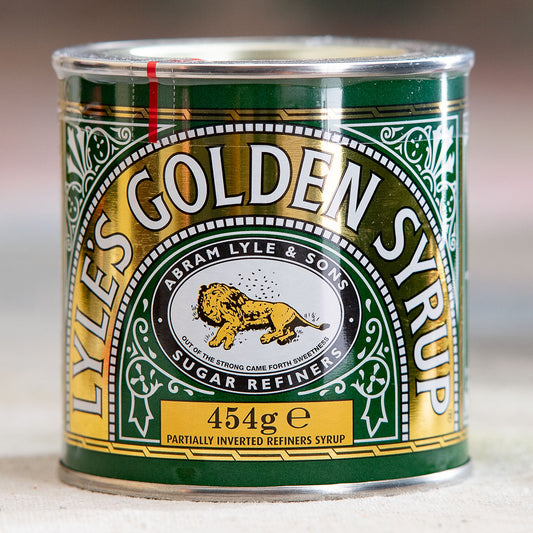 Restocking - choose Notify me
Restocking - choose Notify meLyles Golden Syrup
Regular price $7.95 USDRegular priceUnit price / per$0.00 USDSale price $7.95 USDRestocking - choose Notify me -
 Restocking - choose Notify me
Restocking - choose Notify meIndia Tree Light Muscovado Sugar - 2.8 lbs
Regular price $26.55 USDRegular priceUnit price / per$0.00 USDSale price $26.55 USDRestocking - choose Notify me -
 Restocking - choose Notify me
Restocking - choose Notify meOkinawa Kokuto (Brown Sugar)
Regular price $7.95 USDRegular priceUnit price / per$0.00 USDSale price $7.95 USDRestocking - choose Notify me -

 Restocking - choose Notify me
Restocking - choose Notify meIndia Tree Demerara Sugar - Mauritius - 3-lb tub
Regular price $26.55 USDRegular priceUnit price / per$0.00 USDSale price $26.55 USDRestocking - choose Notify me -

 Restocking - choose Notify me
Restocking - choose Notify meBelazu Sour Cherry Molasses
Regular price $14.95 USDRegular priceUnit price / per$0.00 USDSale price $14.95 USDRestocking - choose Notify me -

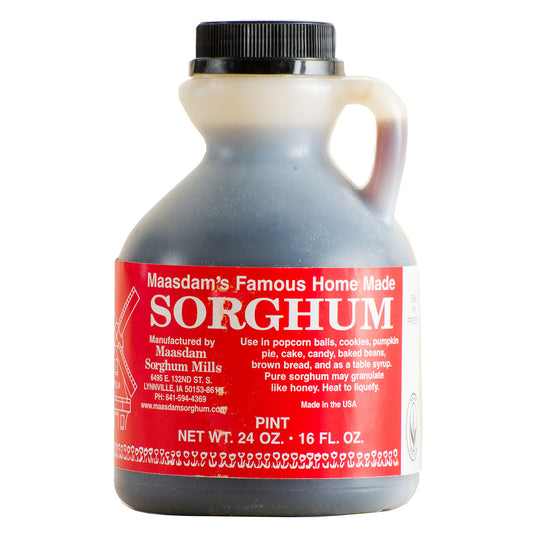 Restocking - choose Notify me
Restocking - choose Notify meMaasdam's Famous Home Made Sorghum Syrup
Regular price $15.95 USDRegular priceUnit price / per$0.00 USDSale price $15.95 USDRestocking - choose Notify me -
 Restocking - choose Notify me
Restocking - choose Notify meIndia Tree Superfine Caster Cane Sugar - 1 lb
Regular price $7.95 USDRegular priceUnit price / per$0.00 USDSale price $7.95 USDRestocking - choose Notify me

